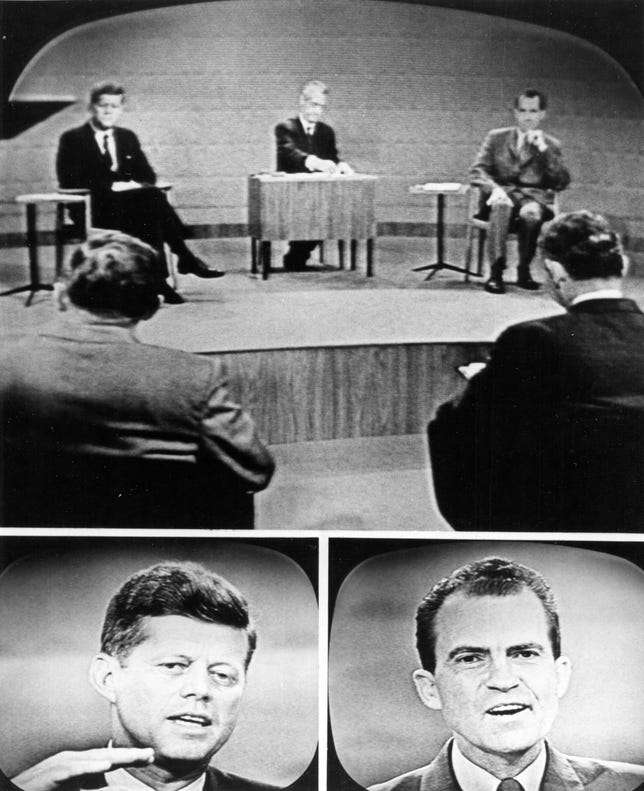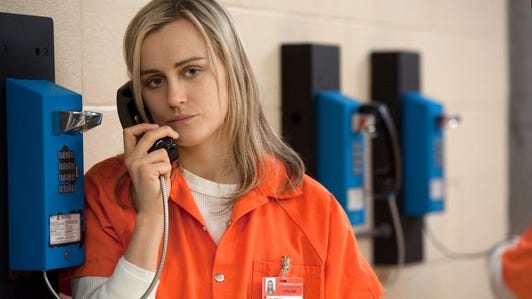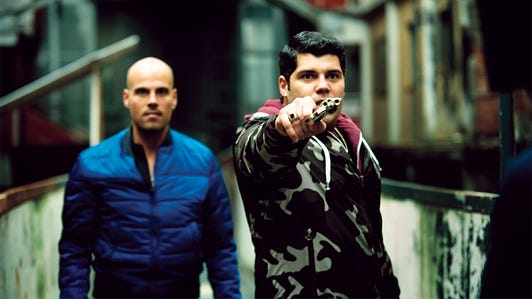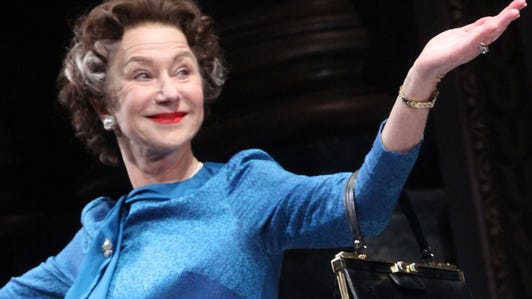 Enlarge Image
Enlarge ImageCBS Photo Archive, CBS via Getty Images
Television can teach us a lot — it taught me how to tell time. No, seriously! As a little kid, when “Sesame Street” was on the morning, I knew it was time to say goodnight to my dad after his graveyard shift; when it was on again in the afternoon, it was time to wake him up; after “Star Trek: The Next Generation,” it was bedtime. It was this beginning that spurned my lifelong love for TV in all its forms.
Nowadays, it’s easier than ever to watch an episode or two (or three, or four…) of a show anywhere, and it’s glorious. Gone are the days of carefully avoiding friends after missing a crucial episode, or getting mad when an acquaintance spoils the big game for you.


OK, you might still get mad, but now it’s your own fault for not streaming the episode/game/concert on your own device.
Today, you can watch anything, at any time, in any place — and it’s changed people’s interactions with each other for the better. TV has made us more informed, and more social. How many defining moments can we as as society credit to a TV show? How out of the loop do you feel when you aren’t caught up on “House of Cards”?
Shows today have become a canvas on which to explore new ideas and expanded ways of storytelling, as binge-watching “Arrested Development” showed us. TV is one of humanity’s most perfect mirrors.
Rise of the ‘boob tube’


PhotoQuest/Getty Images
The television rose to prominence in the 1950s and ’60s, but color TV didn’t become the norm until 1972, when the sale of color TV sets surpassed the sale of black-and-white TVs. Even in black and white, television had begun to change the world.
The first televised presidential debates in September 1960 changed our perception of candidates forever by humanizing them onscreen, and is often credited with helping the photogenic John F. Kennedy to win the presidency that year.
TV in the 1960s showed us space. A decade later, images of the Vietnam War would spur activists; the ’80s saw the creation of Lifetime, TNT and other single-topic channels; the ’90s gave us an explosion of reality TV, like “The Real World” and “Survivors.”
Before computers, laptops, iPhones and tablets, for many of us, television was the first electronic screen we were fascinated by.
From channels to services
So, with hundreds of channels today, how do you choose what to watch?
For me and many others, the answer is that we don’t. Between Netflix, Hulu, HBO Now and so many other streaming services, we don’t have to choose because everything you could want to watch is so readily available. Television remains the best tech all these years later; with streaming services, it’s simply in the palm of our hands.
The way we experience TV has changed — for the better — but the experience has not. TV now brings people together on a global scale. Take some of the current pop culture darlings: “Game of Thrones” on HBO, any Marvel show or movie, AMC’s “The Walking Dead.”
People around the world tune into these properties and devour them as they share immediate impressions across the globe; “water cooler talk” is no longer gossip about coworkers, it’s whether so-and-so really died on “Game of Thrones.” And that’s all possible because of on-demand and streaming services.
Society loves TV. In fact, it’s that love and demand that has transformed the medium in the last 20 years. Netflix as a company is almost that old, but its streaming service isn’t even a decade old. Hulu’s subscription service won’t turn 5 until November.
Netflix original shows of 2015 and beyond (pictures)






So why do we flock to services like these over regular cable? Mostly because cable companies just don’t get that streaming when we want is the future.
Sure, I love TV (I won’t even tell you how many hours I spend a day watching), but I don’t want to pay for 1,000 channels, most of it is crap I’ll never watch. Streaming and a la carte services are the future of television because of their choices (some of which is high-quality original programming), and because it’s convenient to watch them anywhere.
Nowadays, even news companies are on board, with 24-hour streaming news apps. The bottom line is more channels are starting to realize that cord-cutters will pay for the television we want to watch.
Watching TV in the palm of your hand is now as normal and ubiquitous as listening to an iPod was less than a decade ago — it was once impossible to imagine or predict, and is now so hard to envision life without. And what’s more life-changing than that?




